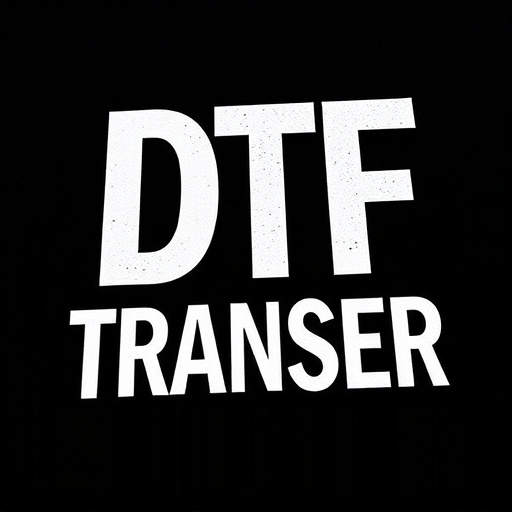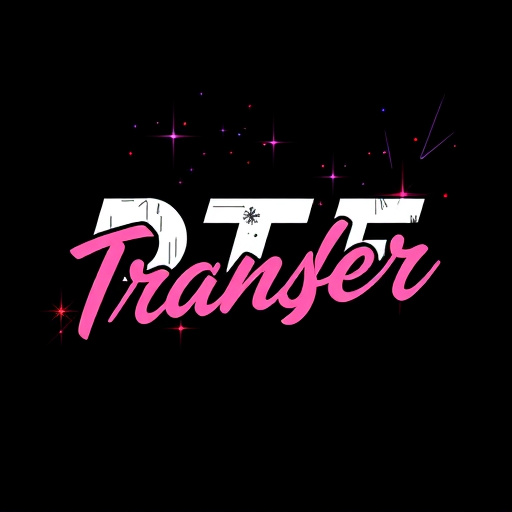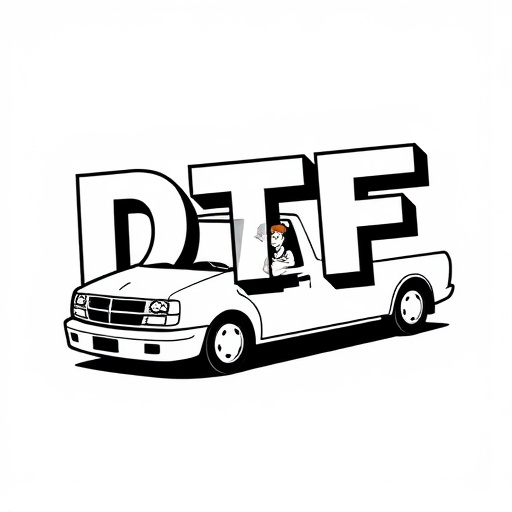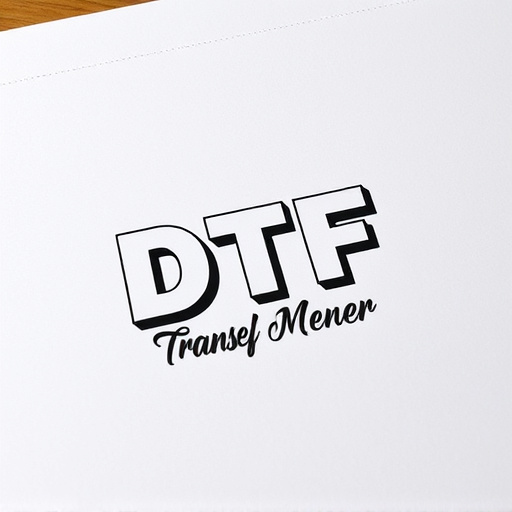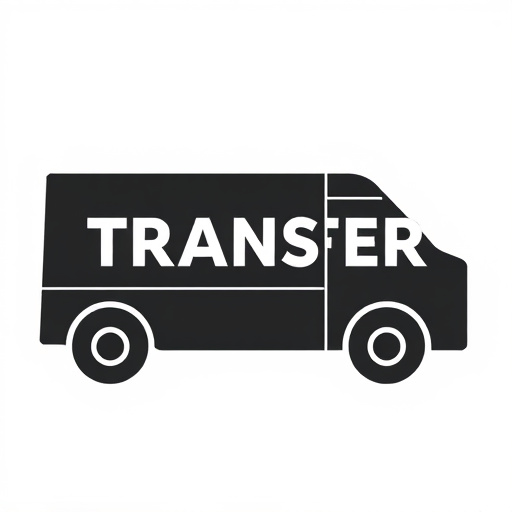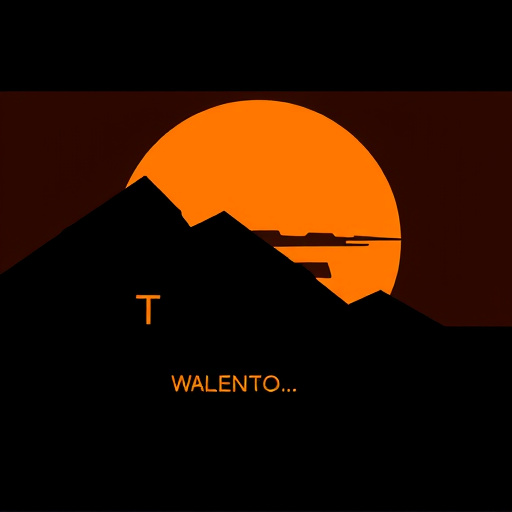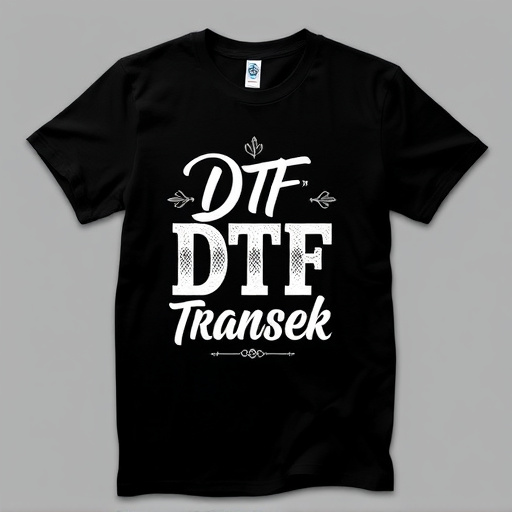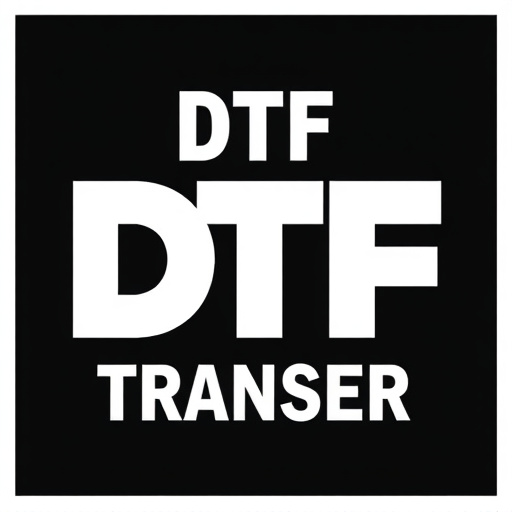Direct-to-Film (DTF) transfers are transforming film and video replication, eliminating minimum order barriers and preserving color, contrast, and cinematic effects with high accuracy. This method democratizes access to high-quality film transfers for independent filmmakers, niche content distributors, and archivists, facilitating the global distribution of archival and experimental films. DTF services streamline logistics, reduce costs, and offer swift turnaround times, making them ideal for low-budget projects. By choosing providers with focus on product quality, turnaround time, pricing models, and reputation, users can ensure exceptional final products.
“Discover the revolutionary power of Direct-to-Film (DTF) transfers, a game-changing service for independent filmmakers worldwide. This cutting-edge process eliminates the traditional barriers of minimum quantity requirements, empowering creators with unprecedented flexibility. In this comprehensive guide, we’ll explore the benefits, inner workings, and key considerations of DTF. From debunking myths to showcasing successful case studies, learn how DTF is transforming the film industry, ensuring your cinematic visions are brought to life without limitation.”
- Understanding Direct-to-Film Transfers: A Brief Overview
- Benefits of DTF Services for Independent Filmmakers
- How DTF Transfers Work: The Process Unveiled
- Choosing the Right DTF Provider: Key Considerations
- Common Misconceptions About DTF and Their Debunking
- Case Studies: Successful Direct-to-Film Transfer Projects
Understanding Direct-to-Film Transfers: A Brief Overview
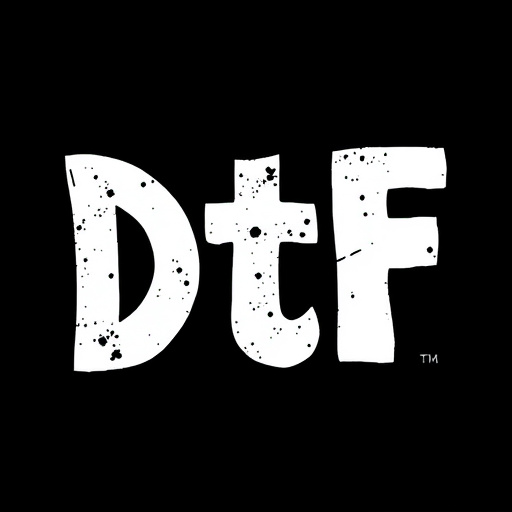
Direct-to-Film (DTF) transfers represent a cutting-edge method in the film and video industry, eliminating traditional barriers associated with minimum quantity requirements. This innovative process allows for the precise duplication of films directly onto various media, such as DVD or Blu-ray discs, without the need for large production runs. DTF offers an efficient solution for filmmakers, content creators, and archivists who seek high-quality replication without the usual constraints.
By employing advanced technologies, DTF transfers ensure that every detail of the original film is captured accurately. This includes color, contrast, and even intricate cinematic effects, resulting in a near-indistinguishable copy from the source material. Such an approach not only preserves the visual integrity of films but also enables the convenient distribution of independent, niche, or archival content, making it widely accessible to audiences worldwide.
Benefits of DTF Services for Independent Filmmakers
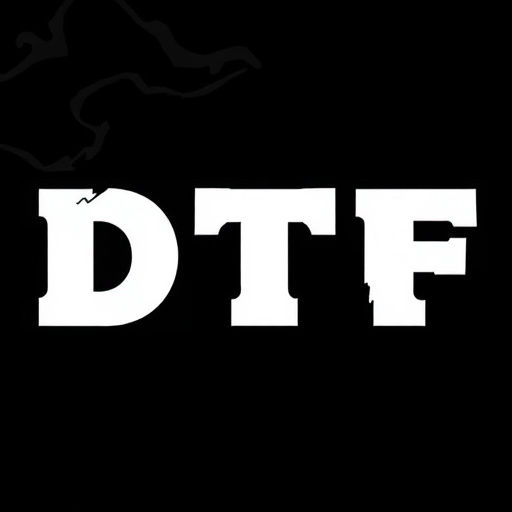
Direct-to-film (DTF) services offer a game-changing solution for independent filmmakers who often face challenges in quantity requirements and production costs. This innovative approach eliminates the need for large minimum orders, making it accessible to indie creators with smaller projects or limited budgets. By employing DTF technologies, filmmakers can now enjoy cost-effective, high-quality transfers without sacrificing their creative vision.
Additionally, DTF services streamline the production process, allowing filmmakers to focus on storytelling rather than logistics. With quick turnaround times and efficient handling of film materials, these services ensure that independent productions can move swiftly from set to screen. This efficiency is particularly beneficial for low-budget films or experimental projects where time and resource constraints are common.
How DTF Transfers Work: The Process Unveiled
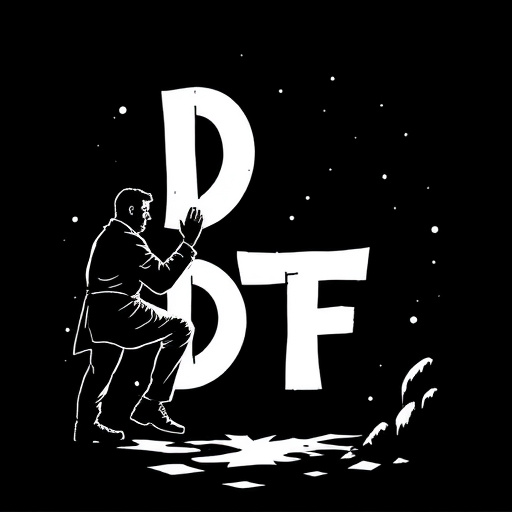
Direct-to-film (DTF) transfers are a cutting-edge method revolutionizing the film industry, eliminating traditional barriers related to quantity. This innovative process allows for high-quality film transfers directly from original source materials, such as 35mm or 16mm films, without requiring minimum order quantities.
The DTF transfer process involves several precise steps. First, the source film is carefully scanned at a high resolution, capturing every intricate detail. This digital scan is then processed using specialized software to enhance image quality and color accuracy. The resulting digital file serves as the foundation for creating new, high-quality prints or digital copies. This method ensures that the original film’s essence is preserved, making DTF transfers an excellent choice for archivists, filmmakers, and enthusiasts seeking to preserve cinematic legacy.
Choosing the Right DTF Provider: Key Considerations
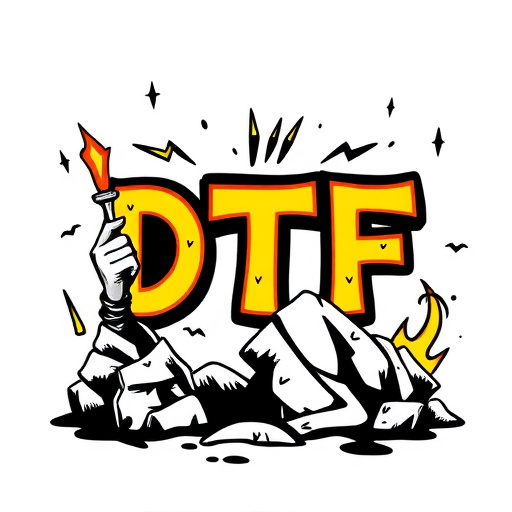
When selecting a service for direct-to-film (DTF) transfers, several crucial factors come into play. Firstly, consider the quality of the final product; ensure the provider offers high-resolution printing and a diverse range of film types to cater to various preferences. Secondly, check their turnaround time; reliable services should be able to deliver your films promptly without compromising quality.
Additionally, understanding the pricing structure is essential. Some DTF providers offer competitive rates based on volume, while others may charge per roll or print, so compare plans to find the best value for your needs. Reputation and customer reviews are also valuable assets; reading experiences from previous clients can give you an insight into the service’s reliability and consistency in delivering exceptional DTF transfers.
Common Misconceptions About DTF and Their Debunking

Many businesses and individuals hold misconceptions about Direct-to-Film (DTF) transfers, often assuming they are only suitable for large-scale operations or require minimum order quantities. This notion is a significant barrier to entry for many who fear that DTF technology is too costly or restrictive. However, these beliefs are far from the truth.
DTF services have evolved to cater to a wide range of users, including small businesses and even individual content creators. With modern advancements, there are no longer any quantity constraints; you can now enjoy the benefits of high-quality film transfers regardless of your project size. This flexibility means that independent filmmakers, archivists, or even hobbyists can access professional-grade results without breaking the bank or committing to large orders.
Case Studies: Successful Direct-to-Film Transfer Projects
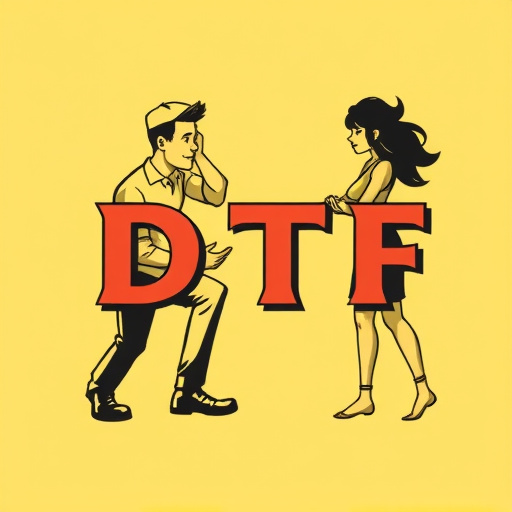
Direct-to-film (DTF) transfers have successfully transformed various projects across diverse industries. Case studies highlight their effectiveness in enhancing visual quality and streamlining production processes. For instance, a recent project for an independent filmmaker involved transferring vintage 35mm footage to digital format, preserving its original grain structure and rich colors. This not only allowed for easy editing but also enabled the filmmaker to explore modern cinematic techniques without compromising authenticity.
Another notable example is a documentary series that utilized DTF to convert archival footage from different eras. The project aimed to create a cohesive visual narrative by maintaining the aesthetic of each historical period. By leveraging DTF technology, the filmmakers successfully integrated old and new visuals seamlessly, resulting in a compelling and visually stunning documentary that captivated audiences worldwide. These successful implementations underscore the versatility and benefits of direct-to-film transfers for various creative endeavors.
